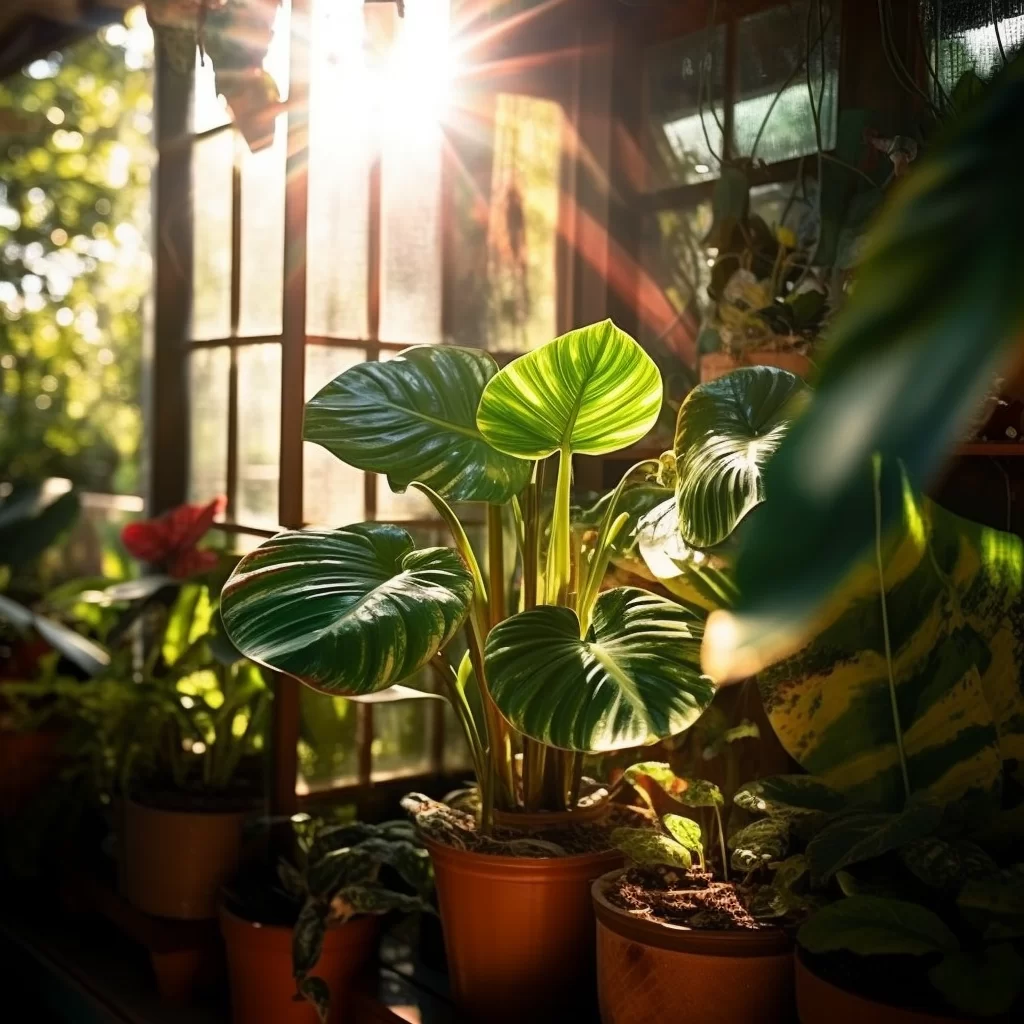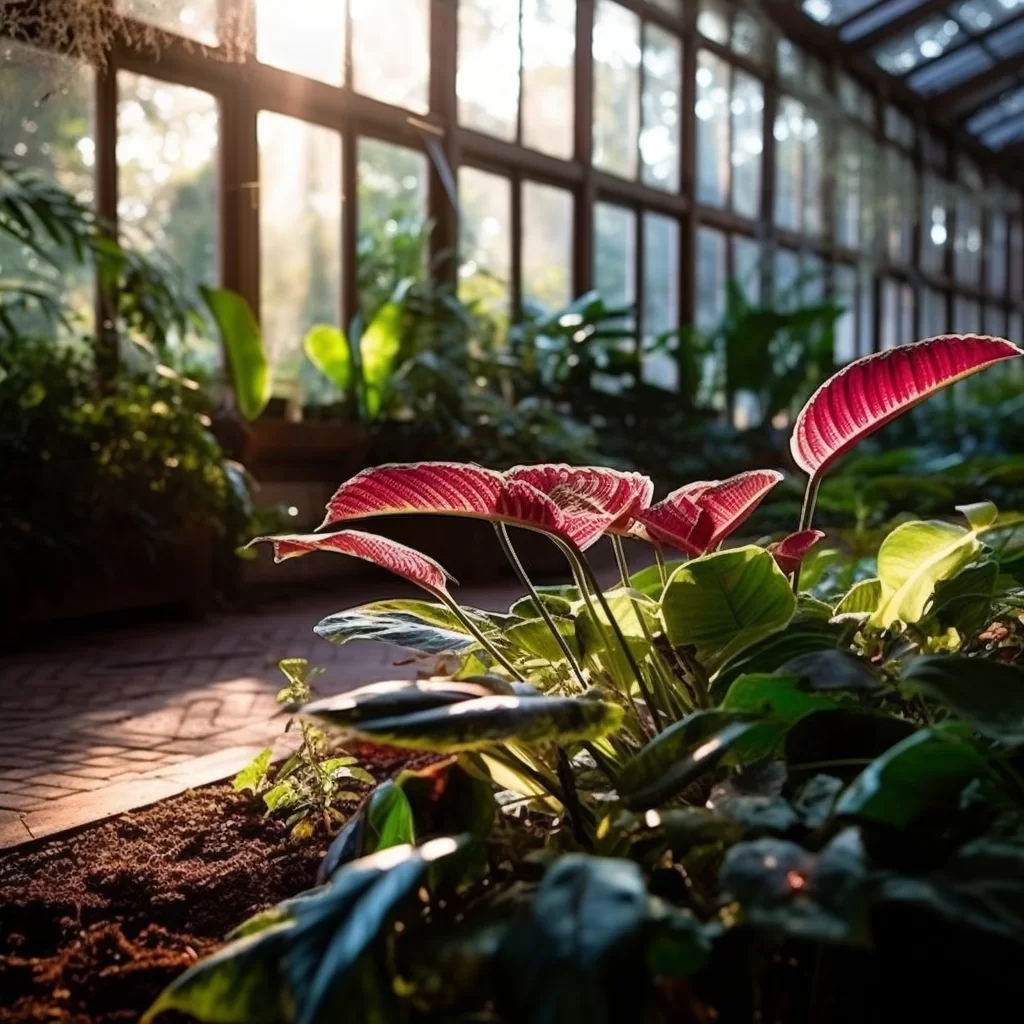Story of Day :
Contents
The Sensitivity Plant: A Complete Guide and Care Tips
Gardening is a wonderful hobby that can bring immense joy to our lives.
The feeling of seeing a plant grow from a tiny seed to a beautiful flower or fruit-bearing tree is truly magical.
However, not all plants are easy to take care of, and some require special attention and care.
One such unique plant is the sensitivity plant.
What is the Sensitivity Plant?
The sensitivity plant, also known as the touch-me-not or mimosa pudica, is an intriguing species that belongs to the pea family.
It’s native to South America but has spread worldwide due to its popularity as an ornamental houseplant.
The most distinctive feature of this plant is its ability to fold its leaves inward when touched or disturbed in any way.
This phenomenon occurs due to its leaflets’ specialized cells that respond quickly by collapsing when stimulated by touch or other external forces.

Why Should You Grow Sensitivity Plants?
- Sensitivity plants are fascinating and make great conversation starters if you have guests over
- They’re easy-to-grow houseplants that don’t require much maintenance
- Sensitivity plants have medicinal properties and are used in traditional medicine for treating various ailments such as coughs, bronchitis, anxiety, and depression.
- You can teach children about nature through these incredible plants’ interactive properties
Care Tips for Your Sensitivity Plant:
Lighting:

Sensitivity plants prefer bright indirect light but can tolerate some shade.
Direct sunlight may damage their delicate leaves; hence it’s best to avoid placing them near windows exposed directly at sunlight during peak hours of the day.
Watering:
These plants are sensitive to both under and over-watering.
They require well-draining soil and should be watered when the top layer of soil is dry to the touch, but avoid letting them sit in standing water.
Water your sensitivity plant sparingly in winter months.
Temperature and Humidity:

Sensitivity plants prefer warm temperatures between 60-85℉/15-30℃, with a minimum temperature of 50℉/10℃.
They also prefer high humidity levels, so it’s ideal to place them near a humidifier or mist their leaves regularly.
Pest Control:
Sensitivity plants are susceptible to spider mites, aphids, and mealybugs infestation.
You can prevent this by keeping the surrounding area clean from dust and debris that attracts pests; you can use organic pesticides like neem oil sprays or insecticidal soap as needed.

In Conclusion
The sensitivity plant is undoubtedly an exceptional houseplant that can add beauty and interest to any indoor space.
With proper care tips such as lighting requirements, watering schedule & methods, humidity needs & pest control measures outlined above will ensure your plant thrives healthily for years to come!